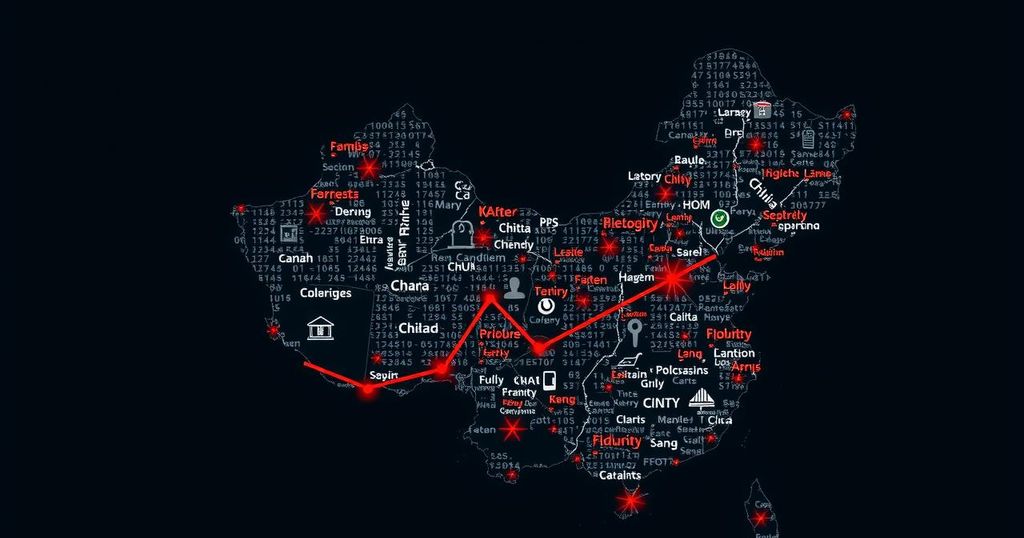China has implemented extensive incremental economic policies since September, focusing on five areas to stimulate growth: macroeconomic adjustments, domestic demand, enterprise support, real estate stabilization, and capital market enhancement. While some critics misinterpret these measures as simple stimulus, experts argue they reflect a strategic evolution in approach and management. Rising economic indicators, such as improved consumption and manufacturing, showcase these policies’ effectiveness in fostering recovery and confidence in achieving growth targets.
Since September, China has embarked on a sweeping wave of incremental economic policies designed to invigorate its economy. These policies span five primary areas: enhancing macroeconomic adjustments, expanding domestic demand, supporting enterprises, stabilizing the real estate market, and boosting the capital market. Analysts have noted that while these measures may be misconstrued as mere stimulus, they represent a holistic approach to economic management aimed at addressing deeper systemic challenges rather than merely offering temporary relief.
Critics have voiced concerns, likening the policies to a simple stimulus without recognizing their strategic intricacies. J.P. Morgan’s chief economist, Zhu Haibin, highlights the mistake of equating these incremental measures to traditional stimulus, emphasizing their broader goals of risk mitigation and long-term stability. Similarly, experts like Liu Yuanchun suggest that these policies signal a new approach in China’s economic strategy, promoting dynamic equilibrium and effective coordination between planning and execution.
Despite some skepticism regarding the magnitude of these policies, there’s a growing recognition of their unprecedented depth and scope in China’s macroeconomic governance. Dong Yu of Tsinghua University even calls these moves a landmark transformation in policy management, encouraging assessment beyond mere numbers to include qualitative impacts. The strong rebound in major economic indicators following these initiatives reflects their effectiveness in fostering growth.
Economic indicators show that after the introduction of the policies, consumption surged and manufacturing returned to growth levels. October data painted a picture of recovery, with retail sales and service industry growth peaking, and the housing market witnessing a remarkable rejuvenation. The combination of policy adjustments and market response has led to increased investment in the stock market, prompting net inflows of foreign capital.
Additionally, foreign agencies are adjusting their predictions for China’s economic prospects positively, with organizations like Nomura revising growth forecasts upward in response to the momentum generated by these policies. This sentiment is reinforced by statistics indicating a healthy trend in job performance and fiscal revenues as the economy edges toward its 5% growth target.
Ultimately, the incremental policies represent more than a salvaging measure; they encapsulate a strategic reimagination of China’s economic landscape. As the smoke of initial reactions clears, a clearer picture emerges: those reluctant to embrace the full potential of these initiatives may simply be missing the nuanced approach to sustainable and resilient growth.
In light of recent developments related to China’s economy, this article explores the incremental policies introduced by the Chinese government since September. With an intention to bolster economic growth through targeted measures across various sectors, these initiatives have drawn mixed reactions from analysts. While many critics label the policies as lacking substance, experts argue they embody a strategic shift towards long-term economic stability, serving to address systemic vulnerabilities rather than delivering instantaneous relief. The focus of the article highlights insights gathered from prominent economists and analysts who delve into the nature, impacts, and broader implications of these policies, aiming to provide a clearer understanding amidst the evolving economic landscape. Through a deep dive into the dialogues surrounding these measures, the article aims to provide a well-rounded view of China’s economic recalibration as it navigates through uncertainty and strives towards sustainable growth.
In essence, China’s recent incremental policies emerge as a deeply considered maneuver amidst global economic shifts, aimed at revitalizing various sectors and ensuring long-term stability. While perceptions of these measures may simplify them into mere economic stimulants, they encompass a broader strategy for resilience and risk management. As the data confirms a budding rebound in vital economic indicators, the trajectory suggests a promising outlook for China’s economy as it gears up to meet its annual growth aspirations. The volumes of change enveloping these policies signify a transformation in not only economic strategy but also in how China envisions a balanced and sustainable future amidst uncertainties.
Original Source: english.news.cn



